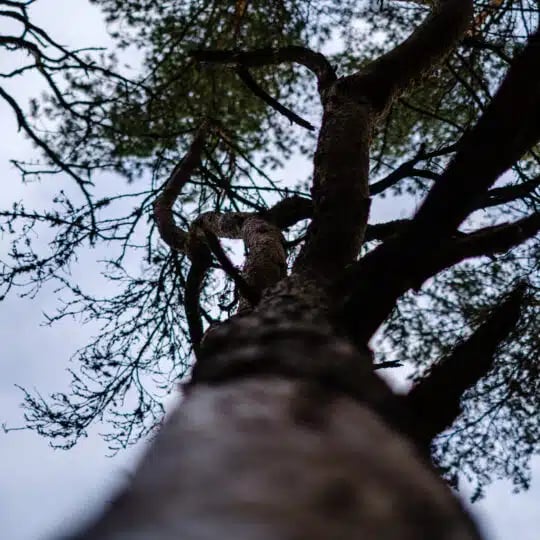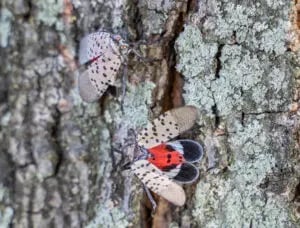Why Is The Top of My Tree Dead and The Bottom Alive?

For anyone who lives in an area surrounded by trees, it can be a devastating experience when your beloved tree shows signs of decline. Crown decline is one of the many common issues that can affect both young and established trees, presenting as a gradual thinning or recession of the foliage. In this blog post, we explore some causes of crown decline in trees that make the top of your tree dead while the bottom stays alive.
Why The Top of Your Tree Is Dead: Crown Decline
Root Stress or Damage
Root stress in trees can be caused by several things, from extreme temperatures to too much or too little water. In some cases, root stress may be an indicator of some underlying issues, like root rot due to poor drainage, infestation from pests like root-feeding weevils, or even diseases. Almost any disruption to a tree’s root system can have a detrimental effect on its health and vitality; this includes anything from soil compaction to cutting roots when digging near the base of the tree. Trees are complex organisms that rely on healthy root systems to thrive, so taking care of them is extremely important if you want your trees to stay strong and happy!
Insects
If you have trees on your property, it can be disheartening to realize just how much of an impact that insects can have. Many different types of insects feed on trees and the damage they cause can range from slow, long-term damage to sudden tree death. Take lanternflies, for instance – these pests feed on sap in trees and shrubs, which can lead to an imbalance in nutrients and cause wilting leaves or even plant death. In addition to lanternflies, other harmful pests such as aphids, mites, beetles and borers may also put your precious trees at risk. To change this pattern, be sure to inspect your trees regularly for signs of insect infestation and take the necessary steps to control them if needed.
Drought
Drought can take a heavy toll on your trees, with usually disastrous outcomes. Symptoms include wilting and yellowing leaves and begin with the tops of the branches seeing the worst effects. Other signs are twig dieback, which doesn’t look pretty but is a sign that something isn’t quite right. Fortunately, there are things you can do to combat drought: The most important thing is to give your trees thorough waterings as often as possible. You can also help keep moisture in by mulching around the base of your tree; this will help regulate soil temperatures and limit evaporation.
Bad Soil Composition
Whether you’re planting a new tree or keeping one alive, soil composition is key. Poor soil can easily lead to your trees dying, but supplying the right soil nutrients can prove beneficial to them in the long run. To keep your trees healthy, soil should be able to deliver essential minerals and nitrogen for proper growth. It should also have the ability to maintain moisture and drainage effects- both of which enable efficient root development. Moreover, soil components like clay and sand must make sure air gets delivered through roots appropriately. Bad soil composition may hinder these processes, ultimately resulting in poor health or even death of the tree. It’s best to double check soil composition so you don’t end up with an unhappy (or dead) tree!
Is the Top of Your Tree Dead While the Bottom Is Alive?
Protect your valuable evergreen broadleaf plants like Azaleas, Rhododendrons, Pieris, Japanese Hollies, and Boxwoods from disease, pests, and weather with our Tree and Shrub Program. The anti-desiccant helps minimize damage to the leaves, keeping your plants healthy and beautiful. As part of this program, we will visit seven times throughout the year to inspect, treat, and fertilize, helping keep your evergreen and dormant trees in top shape. Call us today at 855-469-0692 to learn more.